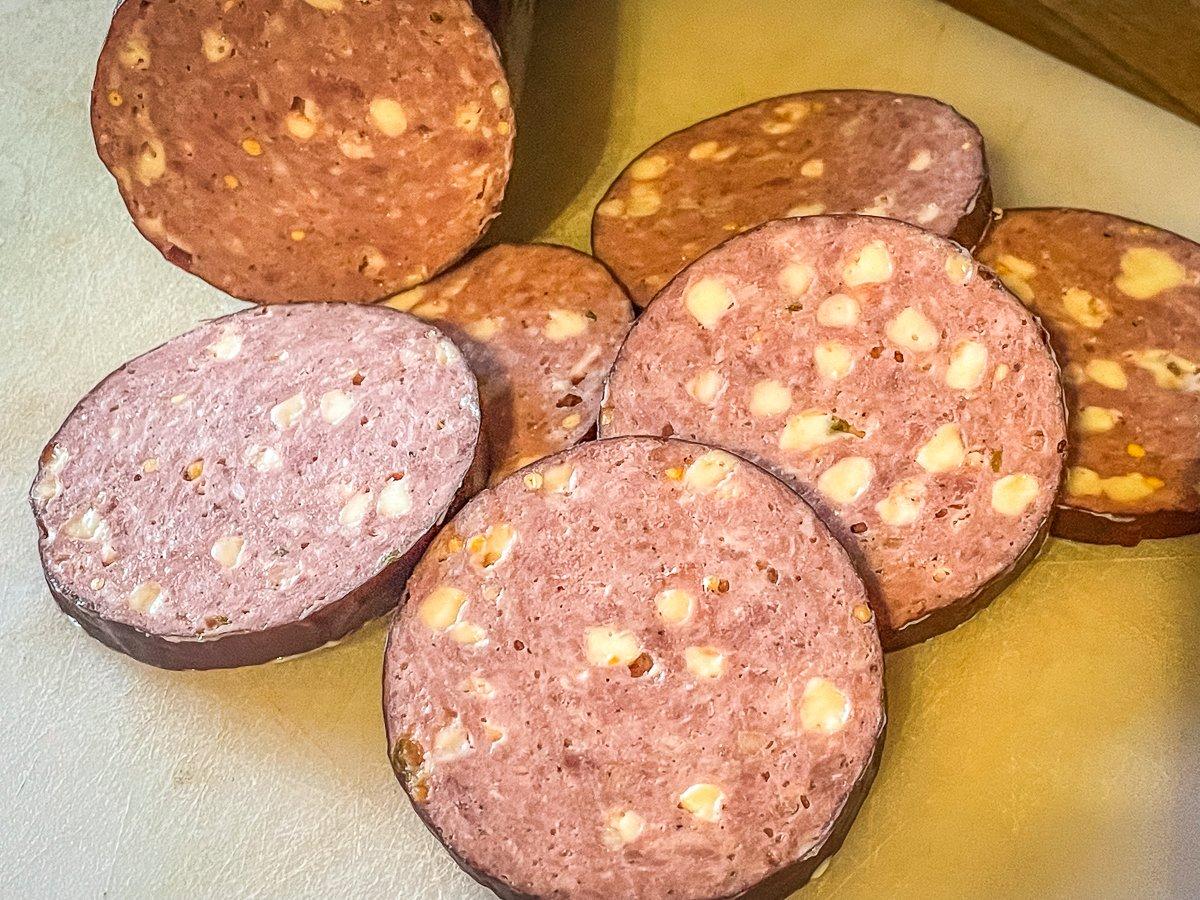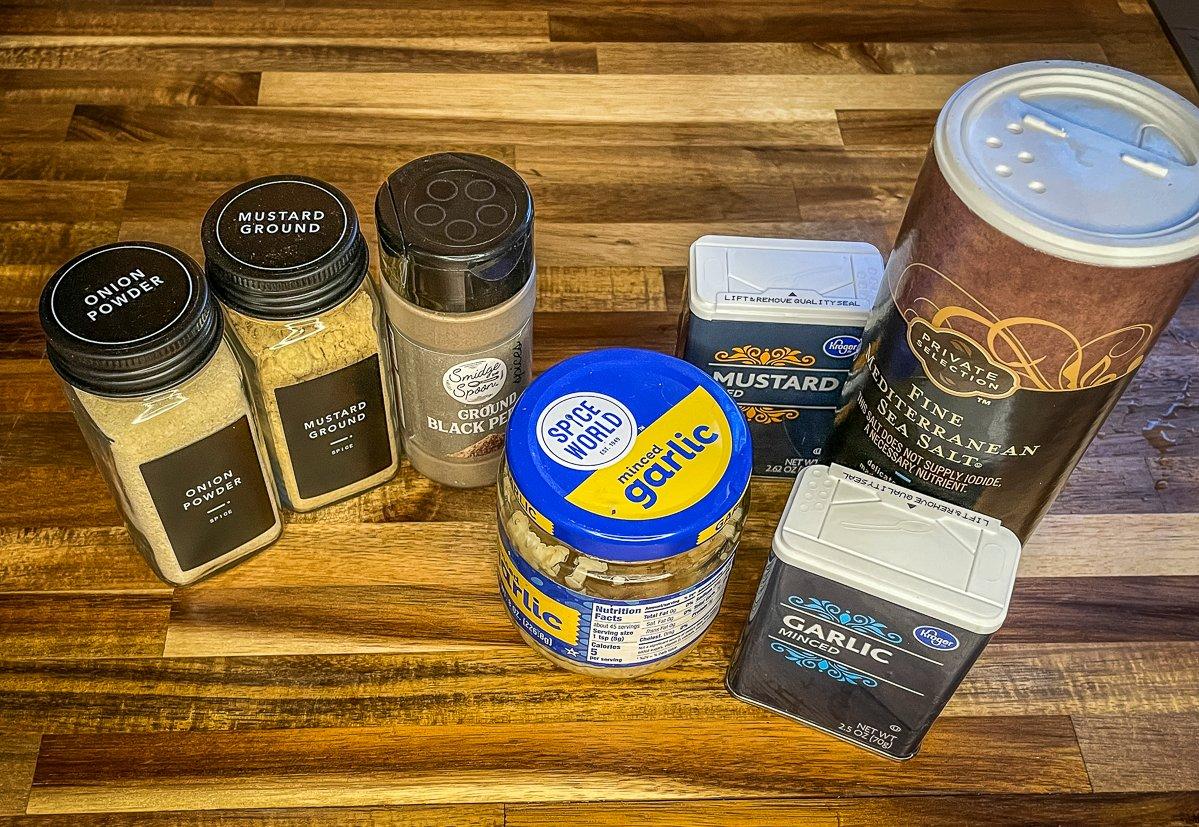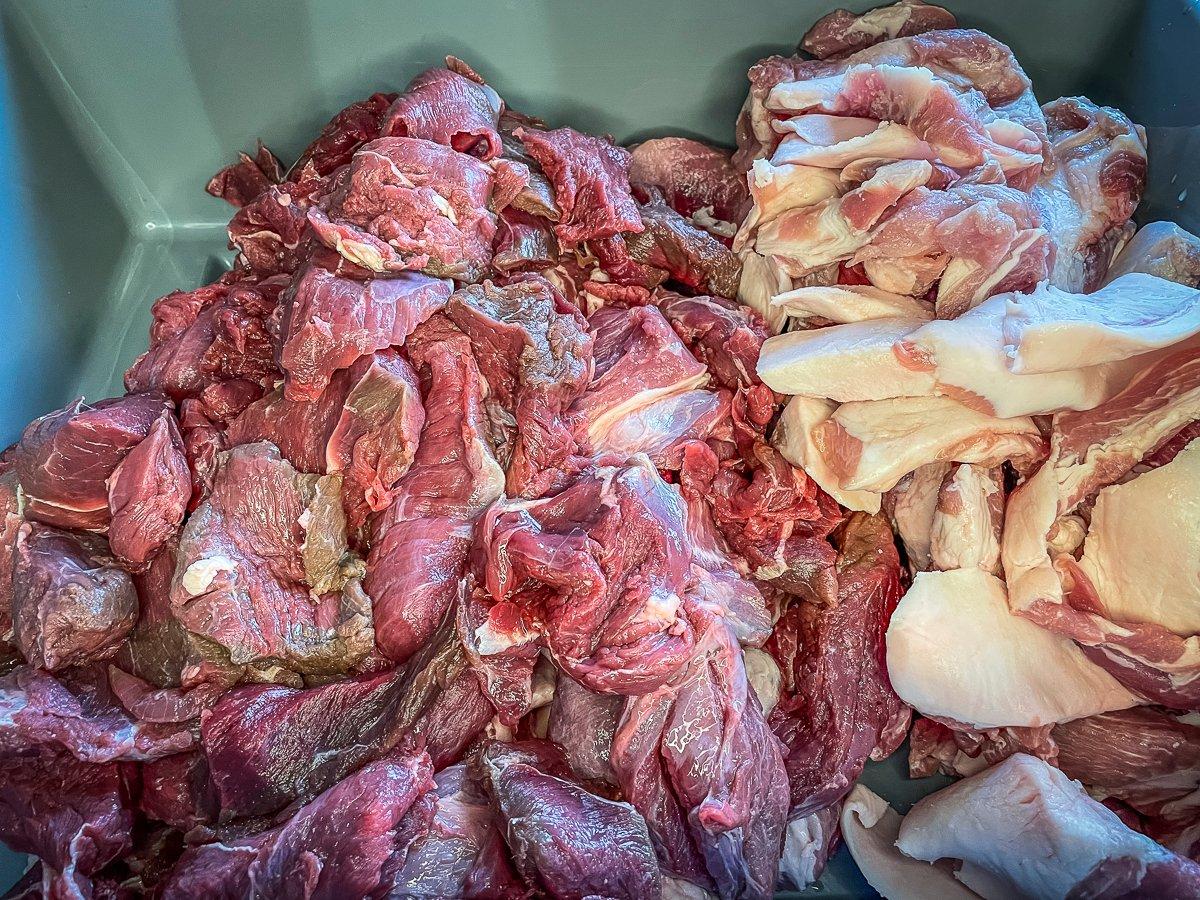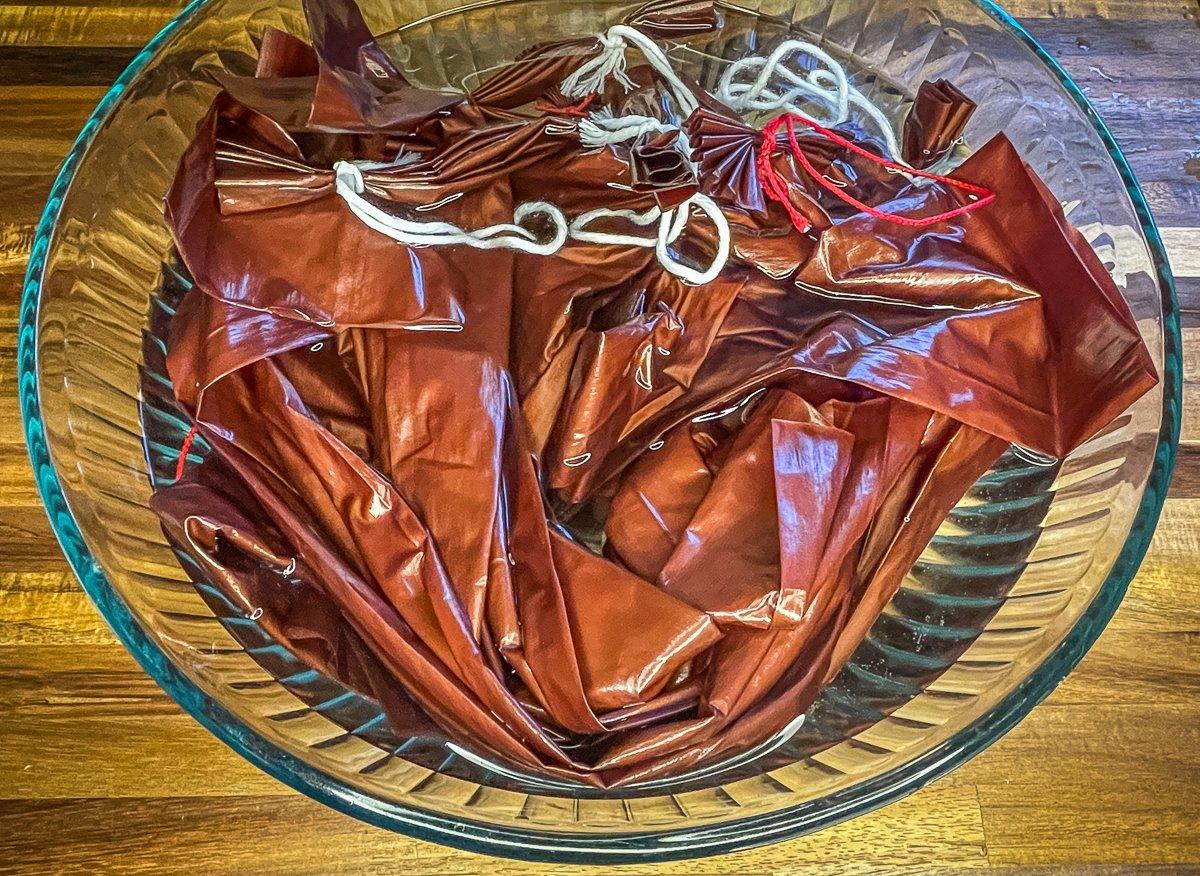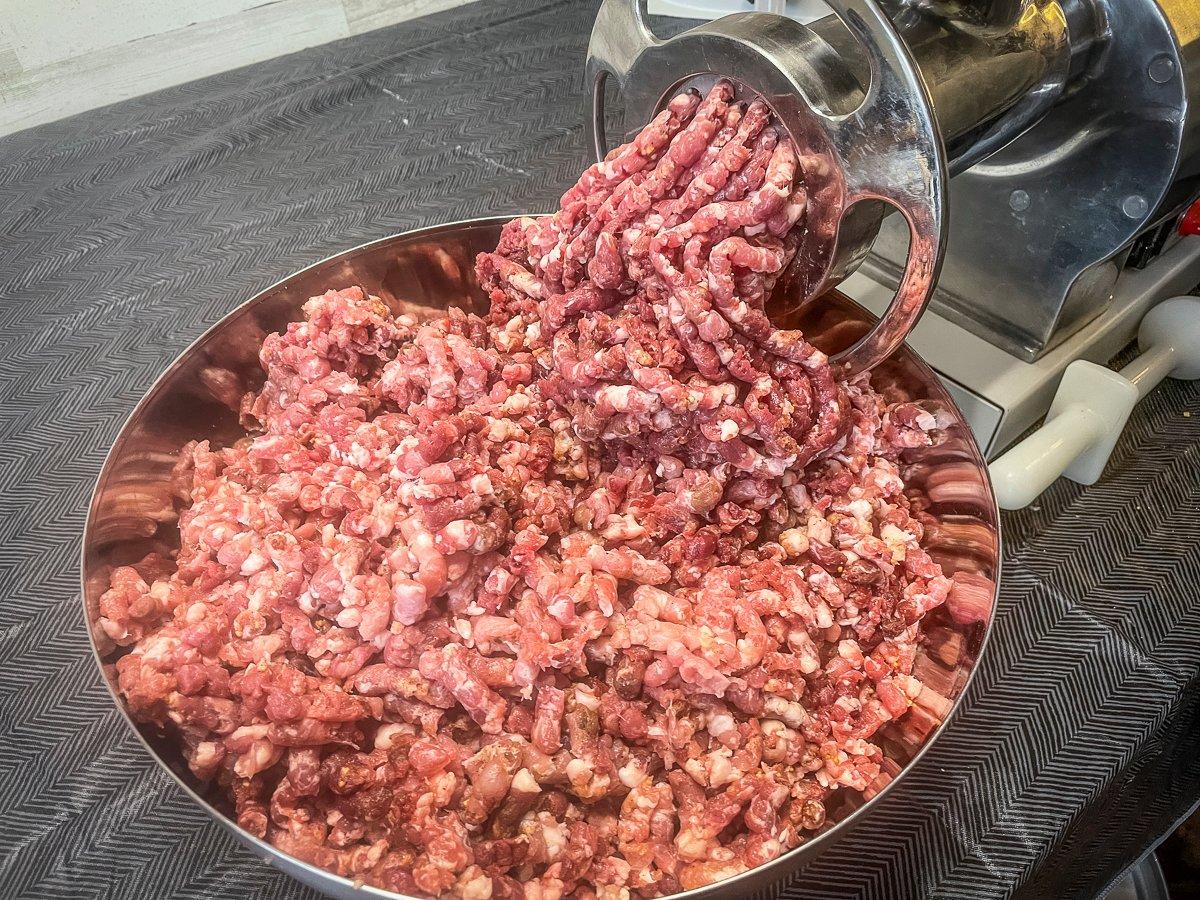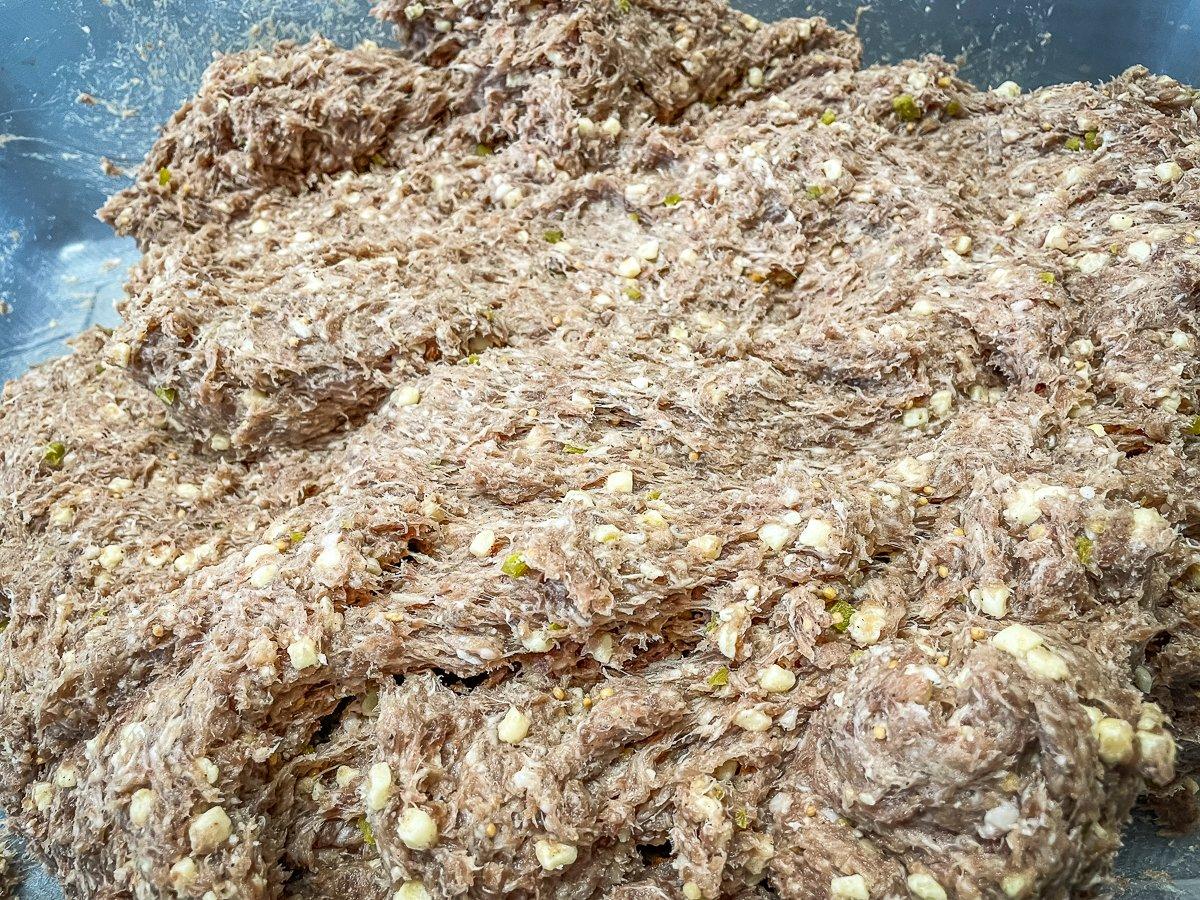Everyone loves venison summer sausage and it's even better when you make it yourself and know you are using your own hard earned venison
Have you priced summer sausage at your local processor lately? It ain't cheap. I've seen price quotes of 8 dollars a pound and higher. That's a lot to pay for sausage — especially when you are supplying the meat.
Thing is, summer sausage is really tasty. There's no better lunch than a roll of sausage, some cheese, crackers, and a sharp pocket knife. Luckily, you can make your own that will match up with the best of the best from professional deer processors. Chances are good that you already have most of the needed ingredients in your pantry.
Speaking of processors, I stopped by one of my favorites for a few tips and tricks. Denny Markwell, owner of Markwell's Deer Processing here in central Kentucky, offers these tips. First, make sure you have enough fat in your recipe. Not adding enough leaves you with dry sausage and doesn't have the right texture. We use about a 75/25 venison to fat ratio here at the shop. Next, check and double check your recipe. There are a lot of ingredients in summer sausage and, if you leave even one thing out, you will notice it in the final product. Keep your meat cold while you work to keep the fat in it. Finally, cook it low and slow. The cooking/smoking process on our sausage takes most of a day and is the limiting factor on how much sausage we can produce. If you try to speed up the process, all the fat renders out of the meat and drips to the floor of the cooker, leaving you with dry sausage, Markwell said.
You'll need a few tools for sausage making, but once you have them, you can make it for pennies a pound for years to come. If you don't want to spend the cash to buy all the equipment at once, team up with some buddies and each buy one or two pieces that you can share. Better yet, grab a six pack and spend a day making enough sausage for everyone.
We use our Traeger Grill to slow cook this recipe, but any grill that will run as low as 165 degrees will work. You can also finish the sausage in your kitchen oven or even sous vide it in a cooler.
This recipe is for jalapeño and pepper jack cheese, but it works with no peppers or cheese at all, or with cheddar or another cheese if you desire. Always use high temperature cheese for summer sausage. It has been made to hold together while cooking instead of melting into the meat the way normal cheese does. You can order high temperature cheese from multiple online sources or in some large markets. You'll need about 2.5 to 3 pounds of cheese for a 25 pound batch.
My preferred meat mixture for summer sausage is 70/30 or 75/25 venison to pork fat. Get the pork fat from your local butcher. If you can't get pork fat trimmings, fresh pork belly is a good substitute. You can also use pork butts, but bear in mind that a significant portion of the pork butt is lean meat. You will need to increase the pork percentage in the recipe to get the right lean-to-fat ratio.
We use Intacure #1 (also known as Prague powder or pink curing salt) in this recipe for safety and to give the sausage the classic cured look and flavor. Also, in old-school sausage making, the classic tang from summer sausage came from natural long-term fermentation. Most of the sausage made today doesn't go through that step, but the classic tang comes from encapsulated citric acid. Since most of us don't have home curing chambers for long term storage, we go the citric acid route. You can order it from sausage and butcher supply places online or occasionally find it at the store. Just make sure you get the encapsulated version. The encapsulation process protects the citric acid and keeps it from distributing through the meat too soon in the process.
The combination of Intacure #1 (salt and sodium nitrite) and citric acid cures the sausage and lowers the pH to the point that bacteria has a hard time multiplying. Since most of us don't have a handy and accurate way to measure the pH, we won't say this sausage is shelf stable without refrigeration. Store your extra vacuum sealed and frozen. Keep a roll in the refrigerator to snack on. While I won't leave this sausage at room temperature for days on end, I also don't have a problem tossing a chunk in my pack for a midday meal, even when temperatures are well above freezing.
Equipment
Grinder
Don't skimp. You want a grinder that will work through the meat quickly without overheating it. If the meat gets warm while it grinds, the fat will melt and run out, leaving your sausage dry and crumbly. I use the MEAT 1.5 horsepower #32 grinder. It will grind large pieces of meat without slowing down, making for quick work of even 25 pound batches.
Plastic Bus Tubs
A couple of rectangular plastic food service bus tubs come in handy for holding, mixing, and grinding the meat. You can find food-safe tubs online or at restaurant supply stores. If you don't have any, get some. They are extremely handy when processing your venison.
Meat Mixer
This is one that you can get by without, but having a good meat mixer makes the process much easier and results in a nicer finished product. Complete mixing not only distributes the spices, it extracts the proteins from the meat, giving it the desired tacky texture.
Stuffer
If your grinder has a stuffing attachment, you can use it, but a dedicated sausage stuffer cuts production time way down. An added plus is that one person can be stuffing while another uses the grinder to start the next batch.
Smoker
Any grill, smoker, or oven that can run at a low temperature (we start the cooking process at 165 degrees) will work. The Traeger Timberline is the perfect choice because of the easily adjustable and precise temperature control.
Vacuum Sealer
You can store your sausage wrapped first in plastic wrap, then in freezer paper, but vacuum sealing will keep the sausage fresh tasting in the freezer for longer periods of time. We use the MEAT Chamber Sealer for professional results.
Ingredients (25 pound batch)
18 pounds well trimmed venison free of fat and silver skin, cut into chunks to fit your grinder
7 pounds pork fat, cut into similar sized chunks
7 ounces fine sea salt
1 ounce black pepper
2.5 ounces dried minced garlic
1 ounce fresh garlic, finely minced
2 ounces mustard seed
1 ounce powdered dried mustard
1 ounce dried onion powder
3 ounces liquid smoke
1 ounce Instacure #1 (Prague powder)
2 cups fresh or jarred jalapeño, chopped (optional)
1.5 ounces encapsulated citric acid
1 quart ice water
2.5-3 pounds high temperature pepper jack cheese
Summer sausage casings (I use 2 1/2 x 20-Inch Non-Edible Fibrous Mahogany Casings)
Butchers twine or hog rings to seal stuffed rolls
Start the process by weighing out the spices. I weigh each ingredient and place them in bowls or plastic cups.
Once all ingredients are measured, place the cold meat (even slightly frozen is fine) in a large tub.
Sprinkle over the salt, pepper, fresh and dried garlic, mustard seed and powder, and onion powder. Reserve the Instacure #1, peppers, cheese, and citric acid for later in the process. Soak your casings in warm water for at least 30 minutes prior to stuffing to make them softer and easier to fill tightly.
Run the seasoned meat through the grinder fitted with a large plate. The grinding process will help distribute the seasonings evenly. Once the meat has been ground, replace the large grinding plate with the medium plate (holes should be about ⅛ inch). Grind the meat a second time.
Add the ground meat to your meat mixer. Add the liquid smoke and Instacure #1 to the meat. Add the cold water. Mix for 8 minutes, reversing the rotation of the mixer every few minutes.
Add the encapsulated citric acid for the final minute of mixing. This will distribute the citric acid without bursting the tiny particles. When the meat has mixed and the proteins have been extracted, the meat should be sticky, like a wet dough. Grab a handful and turn your hand upside down. If the meat sticks, it is ready.
Turn the meat into a clean plastic tub. Sprinkle over the cheese and peppers and mix thoroughly by hand (nitrile gloves are handy here) until the cheese is evenly distributed throughout the meat.
This is part 1 of the sausage making process. Part 2 will post this Friday, February 17


